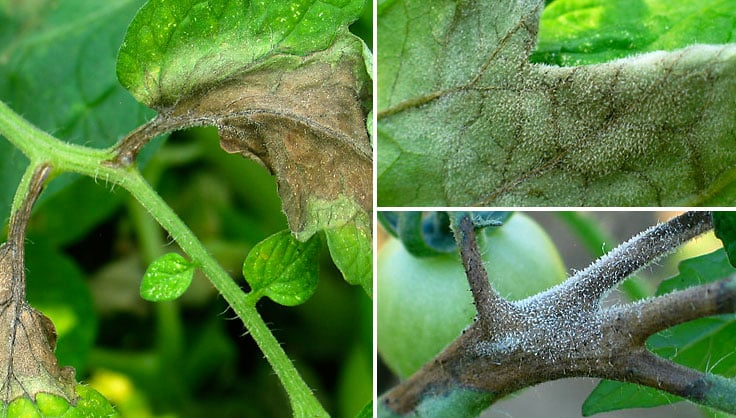Description

Copyright infringement not intended
Picture Courtesy: www.gardeners.com
Context: The recent onslaught of late blight disease has caused extensive damage to more than half of the potato crop in Punjab, creating severe hardships for farmers who had chosen crop diversification instead of opting for wheat cultivation after the paddy season.
Impact of Late Blight
- Magnitude of Damage: Over 50% of the potato crop has been adversely affected, resulting in significant losses for farmers across various regions, including Machhiwara, Samrala, Khanna, Amloh, Nabha, Hoshiarpur, and others.
- Rapid Crop Deterioration: Potatoes in affected fields are rotting even before they can be harvested, compounding the problems for farmers who embrace crop diversification. Moreover, the market prices for potatoes have plummeted, intensifying the economic strain on farmers.
- Financial Consequences: High humidity and conducive weather conditions fueled the late blight attack, resulting in devastating losses for potato farmers. Despite employing recommended fungicides from Punjab Agricultural University (PAU), farmers were unable to salvage their crops.
Economic Strain on Farmers:
- Expensive Harvesting: The cost of harvesting potatoes is considerable, with labour and bag costs adding up significantly. Additionally, market rates for potatoes have drastically fallen from last year, impacting both processed and household consumption potatoes.
- Export Potential: Farmers are urging the government to permit potato exports, highlighting that the prices in countries like Pakistan are substantially higher compared to the crashing rates in the local market.
- Lack of Compensation: Farmers express scepticism about receiving compensation from either the state or central government. They cite the high costs involved in potato production per acre and the historical absence of compensation for crop losses due to diseases or natural calamities.

Farmer Sentiments and Challenges
- Challenges of Diversification: The absence of minimum support price (MSP) or compensation during crop losses due to nature's whims poses a significant obstacle for farmers attempting to break away from the traditional wheat-paddy cycle.
- Government Support: Farmers feel disillusioned, stating that the lack of government assistance during difficult times makes those trying to diversify their crops the ultimate victims.
Understanding Late Blight
- Nature of Disease: Late blight, a fungal disease, rapidly damages the potato crop if not promptly addressed. Initial symptoms include small, water-soaked spots that expand into dark lesions during moist weather.
- Expert Recommendations: Agricultural experts advise against using vulnerable potato varieties, stressing the importance of proper plant spacing for better aeration. They advocate for the swift disposal of infected crop residue and promote irrigation practices to minimize disease spread.

Conclusion
- The situation highlights the immense challenges faced by farmers due to crop diseases, market fluctuations, and the lack of substantial government support. It underscores the urgent need for assistance and sustainable solutions to protect the livelihoods of farmers impacted by such crises.
|
PRACTICE QUESTION
Q. What is the primary cause of late blight in crops?
A) Bacterial infection
B) Fungal infection
C) Viral infection
D) Soil deficiency
Answer: B
Explanation:
Late blight is primarily caused by the fungal pathogen Phytophthora infestans. It affects crops like potatoes and tomatoes, causing devastating damage.
|













